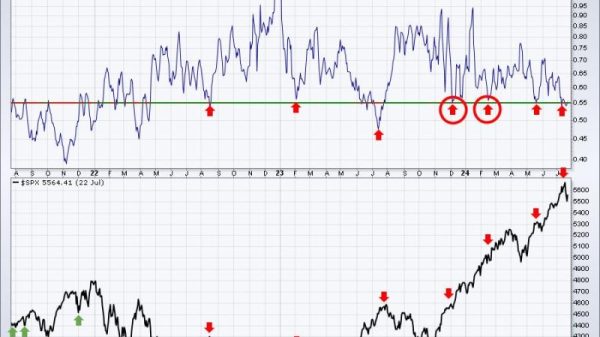**Exploring the Reasons Behind the High Cost of Groceries and Ways to Alleviate the Burden on Consumers**
**The Complexities of Grocery Costs**
The cost of groceries has been a hot topic among consumers for years, with many feeling the pinch of rising prices at the supermarket. There are several factors that contribute to the high cost of groceries, including fluctuations in supply and demand, increased production costs, and external economic influences.
**Supply and Demand Fluctuations**
One of the primary reasons for the high cost of groceries is the fluctuation in supply and demand. When demand for a particular product increases, suppliers may struggle to keep up, leading to higher prices. Similarly, disruptions in the supply chain, such as natural disasters or pandemics, can cause shortages and drive prices up. Additionally, consumer preferences and trends can impact demand, influencing pricing strategies by retailers.
**Rising Production Costs**
Another significant factor contributing to high grocery prices is the rising costs of production. Farmers and food manufacturers face increasing expenses related to labor, equipment, energy, and transportation, which are reflected in the prices consumers pay at the checkout. Climate change and extreme weather events can also disrupt production, leading to higher costs and reduced supply.
**External Economic Influences**
External economic factors, such as inflation, currency exchange rates, and global trade policies, can also impact the cost of groceries. Fluctuations in the economy can affect the prices of raw materials, ingredients, and imports, influencing the overall pricing of food products. Changes in government regulations and taxes can further compound the cost of groceries for consumers.
**Ways to Alleviate the Burden on Consumers**
While the high cost of groceries may seem daunting, there are strategies that consumers can adopt to help mitigate the financial burden. By being mindful of their shopping habits and making informed choices, consumers can stretch their grocery budgets and potentially see relief from rising prices.
**Plan Ahead and Budget Wisely**
Planning meals in advance and creating a shopping list can help consumers avoid spontaneous and unnecessary purchases, saving money in the long run. Setting a budget for groceries and sticking to it can also prevent overspending and ensure that essential items are prioritized.
**Shop Sales and Discounts**
Keeping an eye out for sales, promotions, and discounts can significantly reduce the cost of groceries. Many retailers offer weekly specials and loyalty programs that can help consumers save money on their purchases. Buying items in bulk or opting for store brands can also lead to cost savings.
**Explore Alternative Shopping Options**
Exploring alternative shopping options, such as buying in bulk from warehouse clubs or shopping at discount grocers, can offer consumers access to lower-priced products. Farmers’ markets and community-supported agriculture programs are other avenues where consumers can find fresh, locally sourced foods at competitive prices.
**Embrace Meal Planning and Cooking at Home**
Cooking meals at home is generally more cost-effective than dining out, and meal planning can help consumers make the most of their grocery budget. Batch cooking, using leftovers creatively, and incorporating affordable ingredients into recipes can all contribute to saving money on food expenses.
**Conclusion**
In conclusion, the high cost of groceries can be attributed to a variety of factors, including supply and demand fluctuations, rising production costs, and external economic influences. By adopting mindful shopping habits, taking advantage of sales and discounts, exploring alternative shopping options, and embracing meal planning, consumers can navigate the challenges of rising food prices and potentially see relief in their grocery expenses. By being proactive and informed consumers, individuals can better manage their budgets and make the most of their shopping experience in an era of escalating food costs.





























